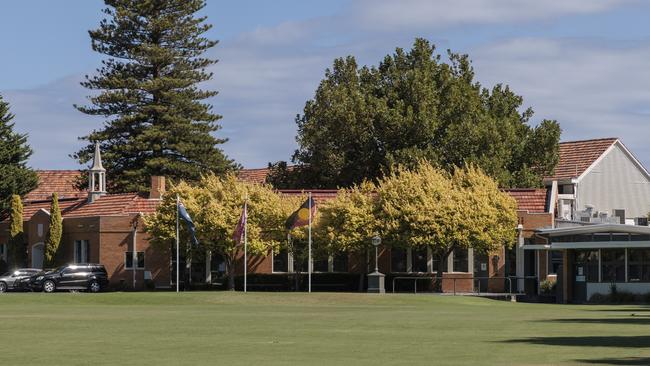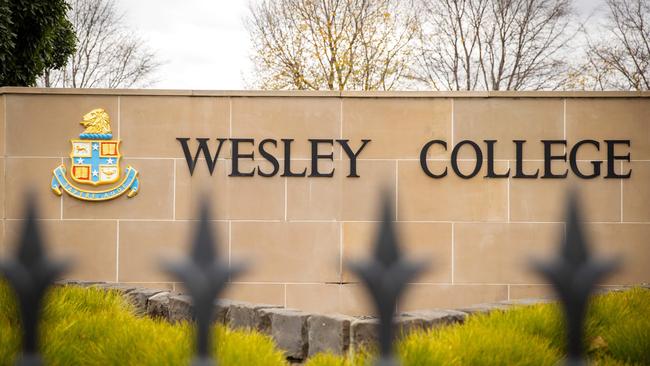Haileybury College named Victoria’s richest school in 2023 as schools wealth gap widens
Victoria’s richest school has more money than the bottom 200 combined, and the gulf is widening between the haves and have nots. See the school rich list.

Schools Hub
Don't miss out on the headlines from Schools Hub. Followed categories will be added to My News.
Victoria’s wealthiest school has more money than the poorest 200 schools combined, revealing a vast gulf between public and private, new data shows.
Haileybury College, which has 4600 students and a combined five-year income of $677m, is the richest Victorian educational institution, receiving funding increase of 27 per cent over the last five years.
The includes $156m in state and federal funding – an average of $8000 per student, with the remainder coming from parent fees of $35,000 in year 12.
Overall, the 200 bottom schools received $664m – less than Haileybury College alone.
There are 13 school that received less than $2m over five years in total funding, with some getting less than $20,000 per student.
The wealthiest Victorian schools have priceless art collections, polo fields, billion-dollar historic grounds, indoor aquatic, wellbeing and sporting facilities, and innovation and technology centres while some of the poorest struggle to get basic upgrades.
Analysis of the top private schools reveals vast funds flowing from parent fees, private donations, investments and government coffers.
The private school rich-list includes Wesley College, which received $598m over five years, Caulfield Grammar with $579m and Carey Grammar with $410m. All had substantial funding increases over the past five years.
The only top highly-funded schools to lose money from 2017 to 2021 was the prestigious Melbourne Grammar, which received $375m – a reduction of 20 per cent. Xavier College reduced its income by three per cent, but still managed to attract a total of $344m.
Senior Lecturer in Education at Deakin University Emma Rowe said the current funding arrangement between the government and private schools was “outlandish”.

“We can’t fund private schools at such an exorbitant rate, it’s completely out of line with what other countries do,” she said.
She said private schools taking taxpayer’s money have a duty to give back to the public by increasing the number of disadvantaged students they enrol
“We have a significant gap between the have and the have nots, the richer and the poorer,” she said.
“We know schooling is attached to social mobility and we want that to be as equitable and fair as possible.”
The funding gulf has triggered renewed calls for the state and federal governments to negotiate to get state school funding up to 100 per cent of the School Resourcing Standard – which was a key recommendation in the Gonski Reviews.
Minister for Education, Jason Clare said all private schools will who are receiving more than their funding allocation will come down to 100 per cent of the Schooling Resource Standard by the end of the decade.
“We are committed to working with State and Territory Governments to get every school on a path to 100 per cent of its fair funding level,” he said.




